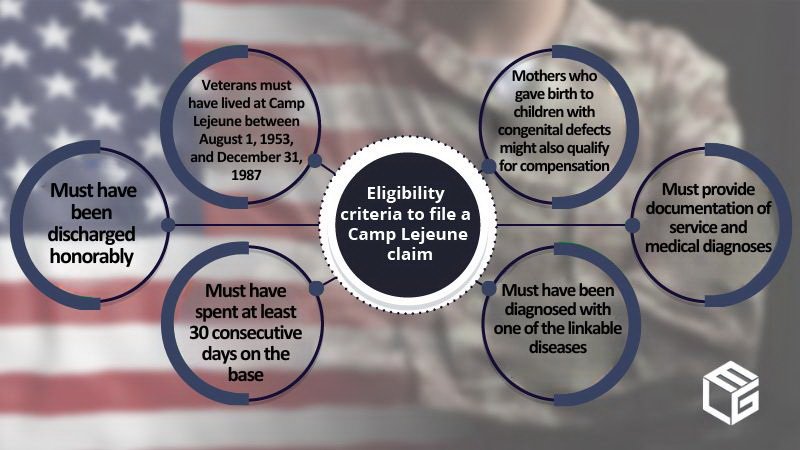Attention: We are no longer taking Camp Lejeune cases!
Approximately 1 in 100 veterans exposed to high benzene levels will develop aplastic anemia
As a form of bone marrow failure, aplastic anemia is characterized by a reduction of all cellular elements in the peripheral blood and in bone marrow, leading to fibrosis, which irreversibly replaces the bone marrow.
Bone marrow failure occurs when the bone marrow – the soft, spongy tissue inside the bones – no longer produces enough healthy blood cells to keep up with the body's needs.
The association between exposure to benzene and bone marrow suppression has been recognized since 1897. Aplastic anemia may develop suddenly or over time, depending on how gradual benzene exposure occurs. Benzene was found in a well near the Hadnot Point fuel farm at Camp Lejeune in a concentration of 380 parts per billion. This exceeds the safe exposure limit by a whopping 3,800 times. Frequent or prolonged exposure, which occurred at the military base, can lead to various hematological manifestations, including aplastic anemia.
Spills and leakage from underground fuel storage tanks have been considered the main sources of benzene exposure at Camp Lejeune, although the solvent was also lurking in the drinking water. It was also present in the soil due to the improper use and disposal of degreasers containing it by service members after cleaning up weapons and equipment.
Exposure to benzene harms the bone marrow
According to a study from the European Journal of Haematology, benzene exposure mainly harms the bone marrow via the following mechanisms, eventually resulting in aplastic anemia:
- metabolism of benzene in the liver
- transport of metabolites to the marrow and their secondary activation to free radicals
- induction of apoptosis, DNA damage, and altered differentiation in early progenitor cells
- depletion of the stem cell pool
Because aplastic anemia can ultimately lead to leukemia or myelodysplasia, it is usually treated by doctors specializing in cancer.
Other products containing benzene that might have been used at Camp Lejeune include solvents, paint thinners, degreasers, lubricants, gasoline, and polishes. Therefore, benzene exposure among service members occurred via inhalation, skin absorption, and ingestion, which only worsens the extent of exposure and increases veterans' chances of developing aplastic anemia. Severe chronic benzene exposure at doses higher than 100 ppm is a known cause of aplastic anemia.


